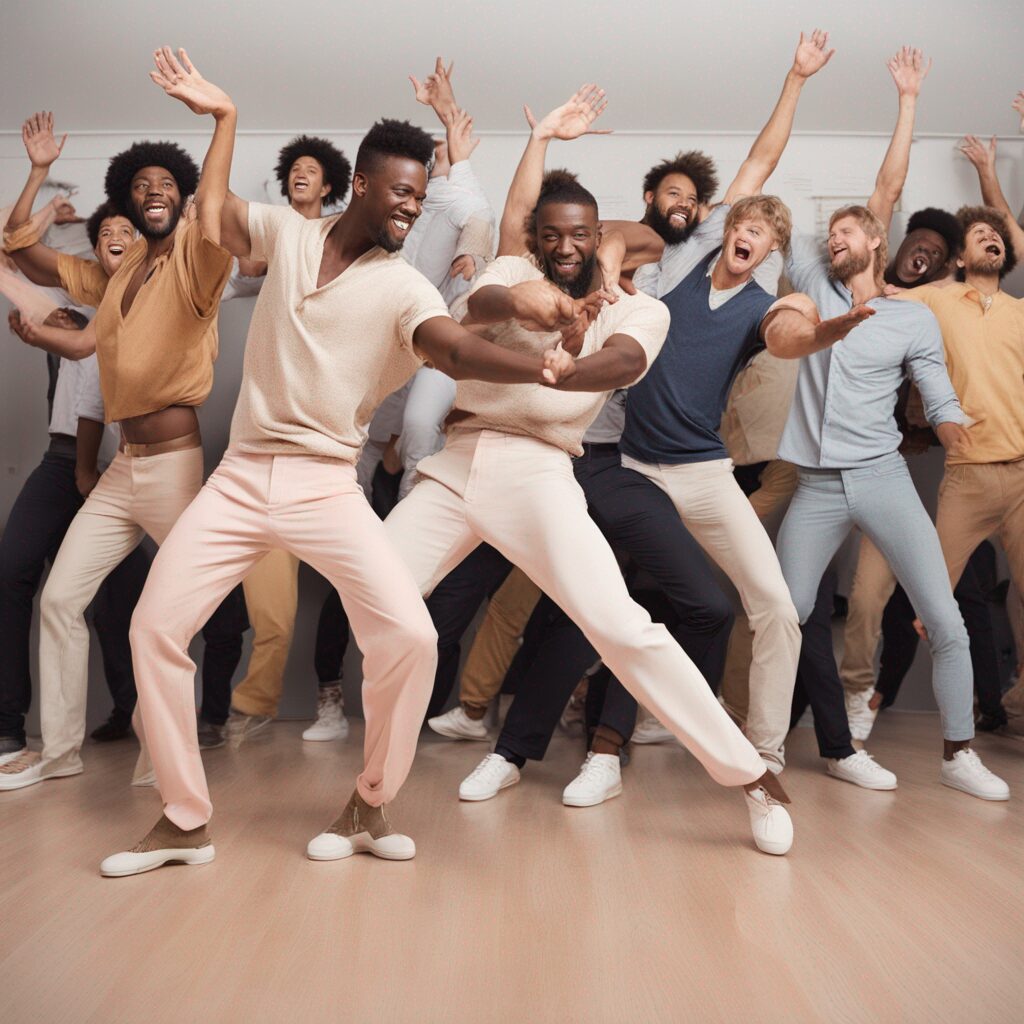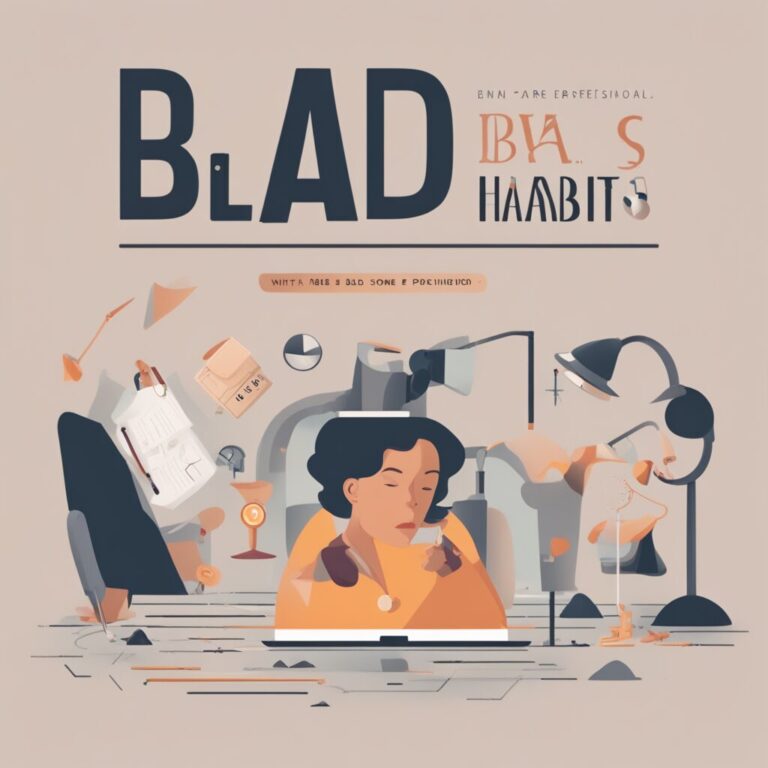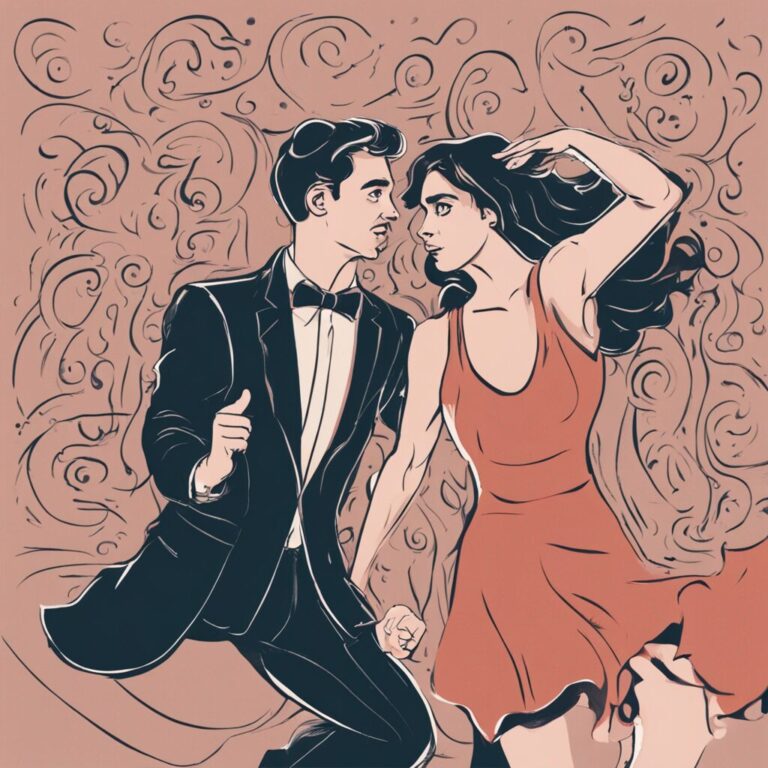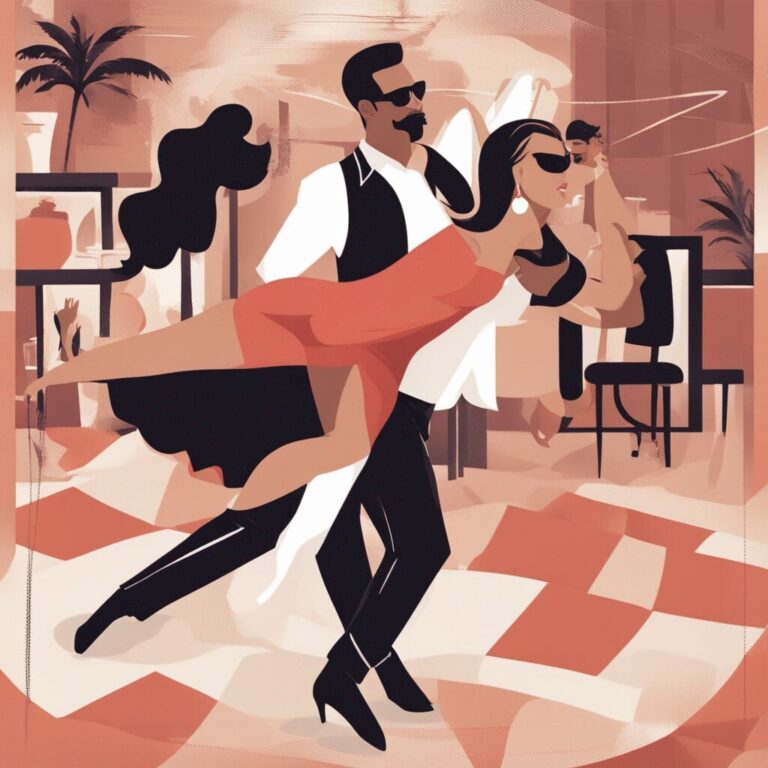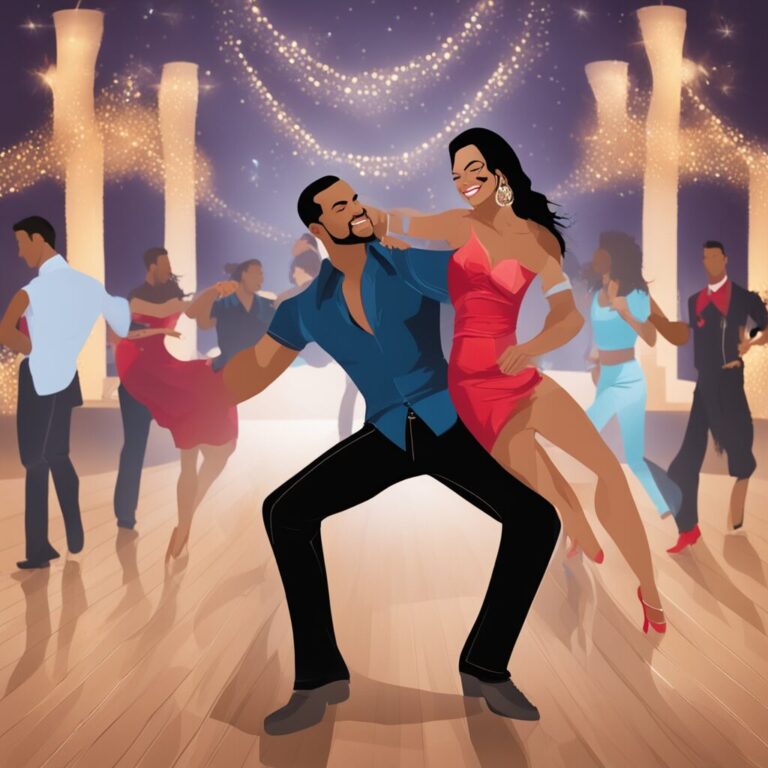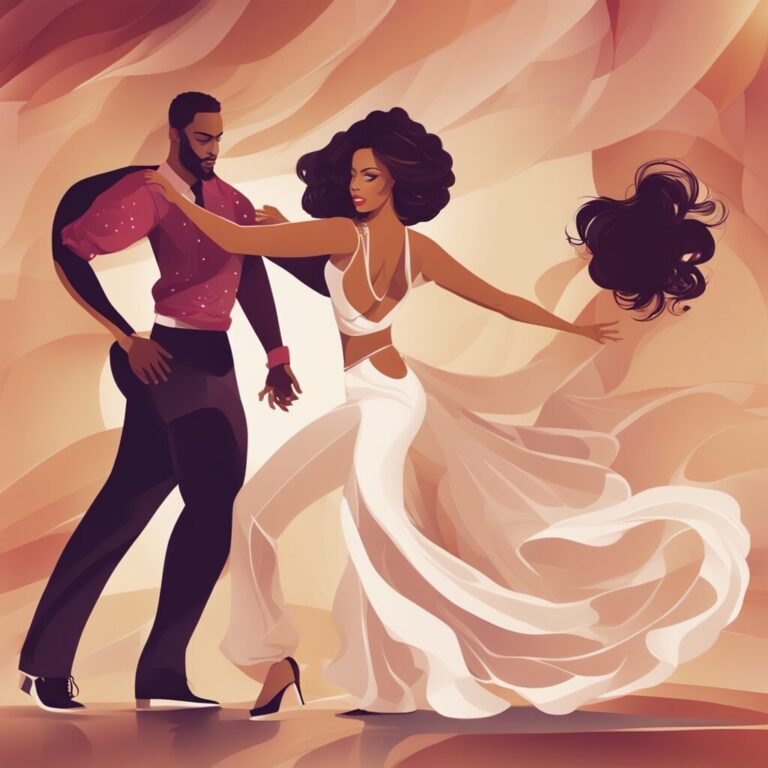Unsolicited Dance Lessons: When Social Dance Turns into a Teaching Session
Imagine you’re at a social dance, enjoying the music and the rhythm, when suddenly, your dance partner turns into an impromptu instructor. This scenario is not uncommon, and it sparks a debate about dance etiquette and personal space. Let’s delve into why unsolicited dance lessons at socials can be seen as impolite and how dancers feel about this practice.
The Ego and Power Dynamics in Dance
One of the core issues with unsolicited teaching during social dances is the underlying ego and power dynamics. As one experienced dancer pointed out, “It’s about their ego and a weird power dynamic. Stop it.” This sentiment echoes through the community where teaching without being asked can feel like an overstep, especially in a setting meant for enjoyment and social interaction.
Is Teaching at Social Dances Bad Manners?
Many in the dance scene agree that offering unsolicited advice or instruction at social dances is generally considered bad manners. A commenter noted, “I thought it was universally acknowledged that unsolicited ‘teaching’ at socials is bad manners… what you’re describing sounds crazy rude!” This perspective highlights a fundamental etiquette rule: social dances are for dancing, not for teaching.
- New dancers might feel intimidated or judged if they’re aware they’re dancing with a teacher.
- Teaching patterns beyond a beginner’s skill level can be overwhelming and not enjoyable for the follower.
- Offering advice without being asked can make the dance less about connection and more about instruction.
What’s the Right Approach?
While teaching has its place, the consensus seems to be that social dances are not the venue for full lessons. Instead:
- Offer brief pointers if asked, ensuring it’s done off the main dance floor.
- Encourage those interested in learning to join structured classes or workshops.
- Focus on the dance itself, allowing both partners to enjoy the moment and the music.
Conclusion
While the intention to teach might come from a good place, the execution often misses the mark at social dances. The dance floor is a space for enjoyment, connection, and celebration of movement, not for unsolicited lessons. By respecting these unspoken rules, dancers can foster a more welcoming and enjoyable environment for everyone, regardless of their skill level.

